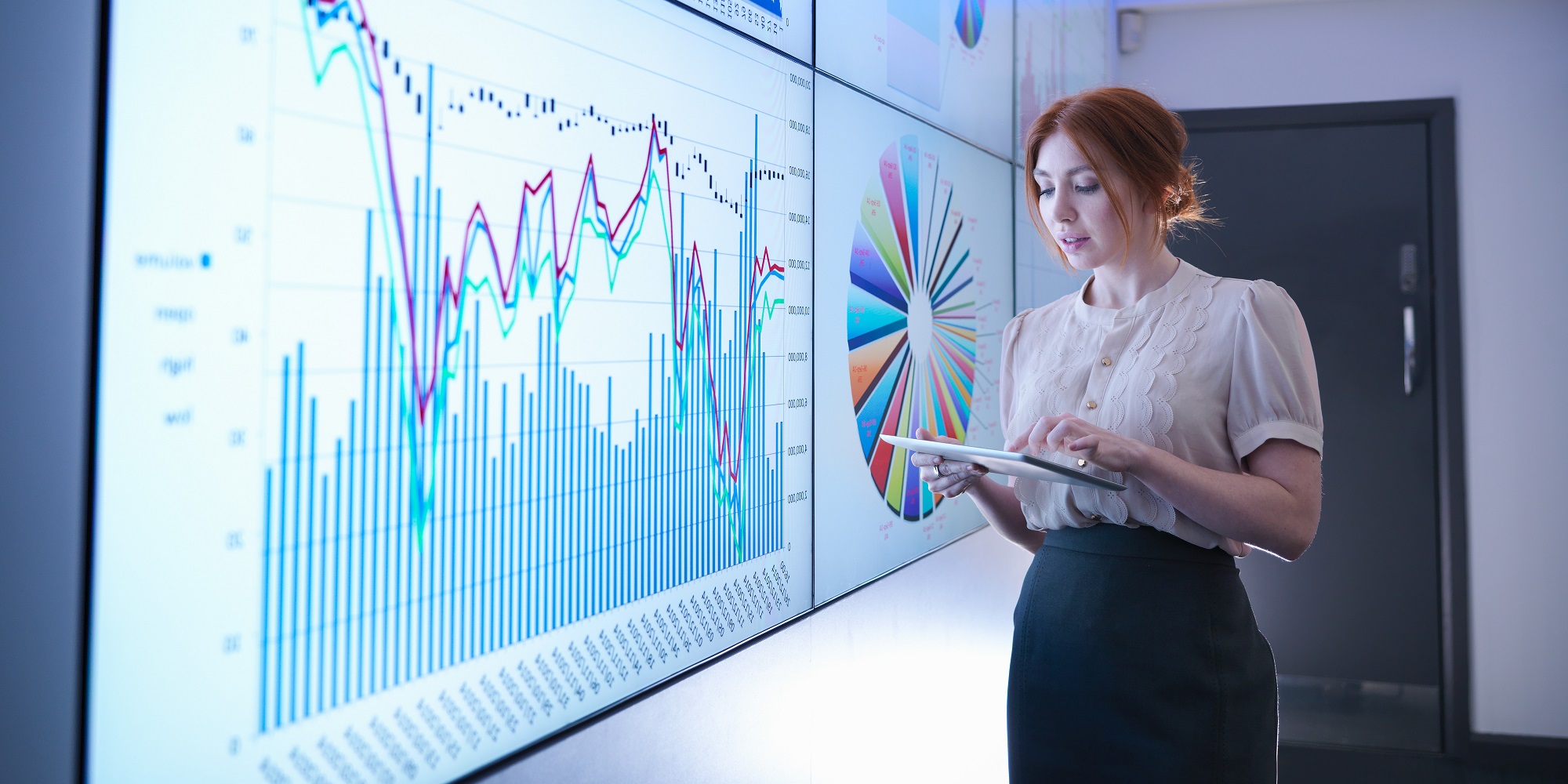
Robotic Process Automation (RPA) saves customers millions of dollars with intelligent data extraction
How do you help customers quickly extract data from complex forms? RPA pioneer Blue Prism did it by using its new ‘Decipher’ solution.


Niall McDonagh
Healthcare Sector Director Western Europe
Data is the new oil, a precious good that is crucial for tailored and more effective healthcare for our patients. It is only by efficiently collecting, managing, combining and analysing health data that we will be able to provide the rights insights at the right time, to both caregivers and patients.
According to Organization for Economic Co-operation and Development (OECD), “Health lags far behind other sectors in harnessing the potential of data and digital technology, missing the opportunity to save a significant number of lives and billions of dollars. A digital transformation is urgently needed and long overdue at a time of increasing pressure on health systems and budgets. This means ensuring access to the right information by the right people at the right time. The results will be safer, better and more efficient health systems and healthier populations.” [1] Essentially, if we manage health data properly, we can improve our healthcare systems in multiple ways – by increasing the time available to focus on care; by making it easier for clinicians to access the information they need; by improving clinicians’ ability to detect illness and intervene earlier; and by empowering the patient with information to help prevent disease and manage health conditions that do arise.
In May 2022, the European Commission launched the European Health Data Space. The objectives of this initiative are (1) Putting people in control of their own health data, in their country and cross-border (2) Improving the use of health data for research, innovation and policymaking. In its launch document, the Commission commented “In essence, today’s EU health sector is rich in data, but poor in making it work for people and science. The EU needs to tap into this huge potential to turn the wealth of health data across Europe into knowledge at the service of citizens, and to better prevent, diagnose and treat diseases. Health data can help achieve more efficient, higher-quality, safer and more personalised care, and help improve healthcare delivery.” [2] With the launch of EHDS, the European Commission has positioned health data not just as a core enabler of preventative healthcare and precision medicine for our citizens, but furthermore, as critical to the continued success of the European Pharmaceutical and Biotech industries.
Thus there is a clear consensus on the social, economic and welfare benefit that can be gained from efficiently harnessing health data, but so far the European healthcare sector has largely failed to do so. This eBook calls out some of the key challenges: fragmented healthcare data, complexity of regional and national compliance requirements, data integration issues, and the right skills or tools to draw out the right insights. In fact, the draft EHDS legislation aims to address some of these issues e.g. the use of common healthcare standards; harmonising privacy regulation across EU member states; mandating systems providers to enable fluidity of health data. While a more supportive policy environment creates the opportunity for change, healthcare providers need help with skills and technologies to seize that opportunity.
We believe that Microsoft’s partnership with SAS is important in the context of this challenge. Microsoft and SAS act together in partnership with our healthcare customers and we have highly complementary capabilities that can make the journey faster and easier. This eBook illustrates some of the projects where we are doing that today across operational, clinical and research domains. Microsoft provides cloud based infrastructure and a data platform that includes broad 1st and 3rd party capabilities for data ingestion, cleansing, indexing, tiered storage, analytics, AI model development, visualisation, and governance. Microsoft has also created specific services to enable interoperability of health data including medical record, imaging, genomic and medical device data, as well as capabilities to pseudonymise that data for secondary use and to make it easy to expose that data and analytics to an ecosystem of modern applications. In addition, Microsoft has capabilities to convert clinical speech to text and extract structured clinical information from unstructured text.
SAS is a global market leader in AI and advanced analytics. SAS Software enables customers to turn data into meaningful and actionable insights. This is why together Microsoft and SAS can help you to integrate data, enhance decisions and improve lives via cloud-based analytics.
We hope you enjoy this eBook and that it brings SAS and Microsoft’s joint capabilities to life. We look forward to partnering with you on your journey to data-driven healthcare.
Niall McDonagh, WE Healthcare Sector Director, Microsoft, niallmc@microsoft.com
Christian Hardahl, EMEA Healthcare Industry Leader, SAS, christian.hardahl@sas.com
References
[1] Organization for Economic Co-operation and Development (2019). Executive Summary. URL: https://www.oecd-ilibrary.org/sites/e3b23f8e-en/index.html?itemId=/content/publication/e3b23f8e-en
[2] European Commission (2022). A European Health Data Space: harnessing the power of health data for people, patients and innovation. PDF. URL: https://eur-lex.europa.eu/legal-content/EN/TXT/PDF/?uri=CELEX:52022DC0196